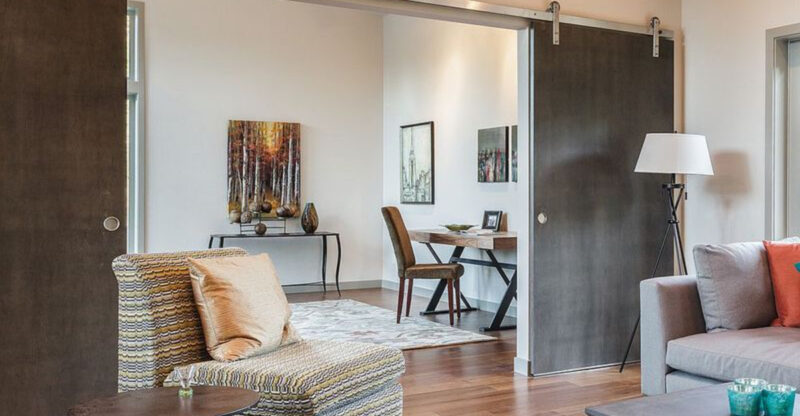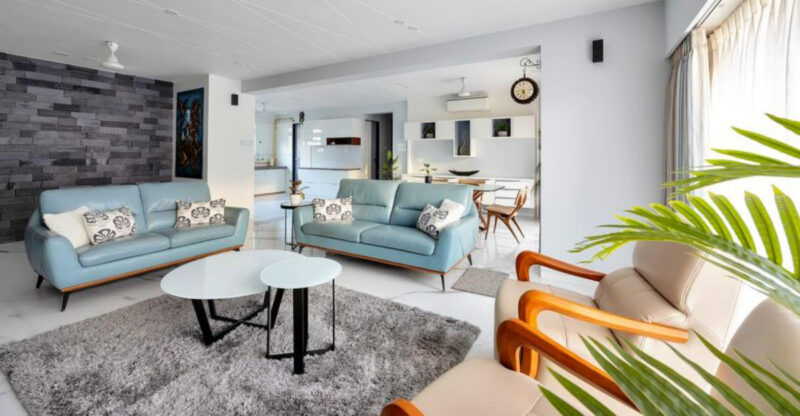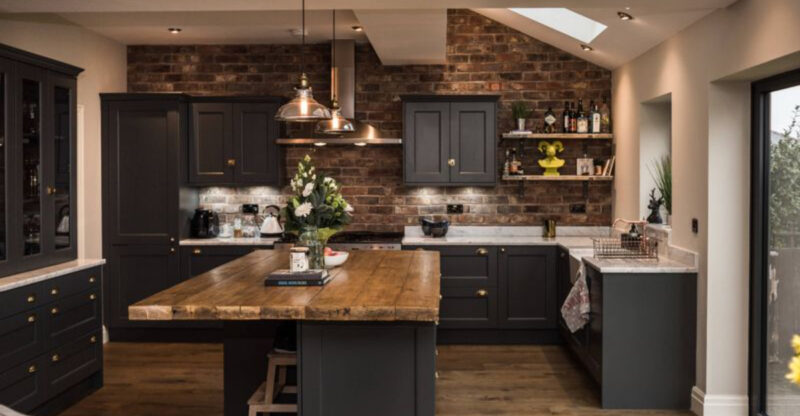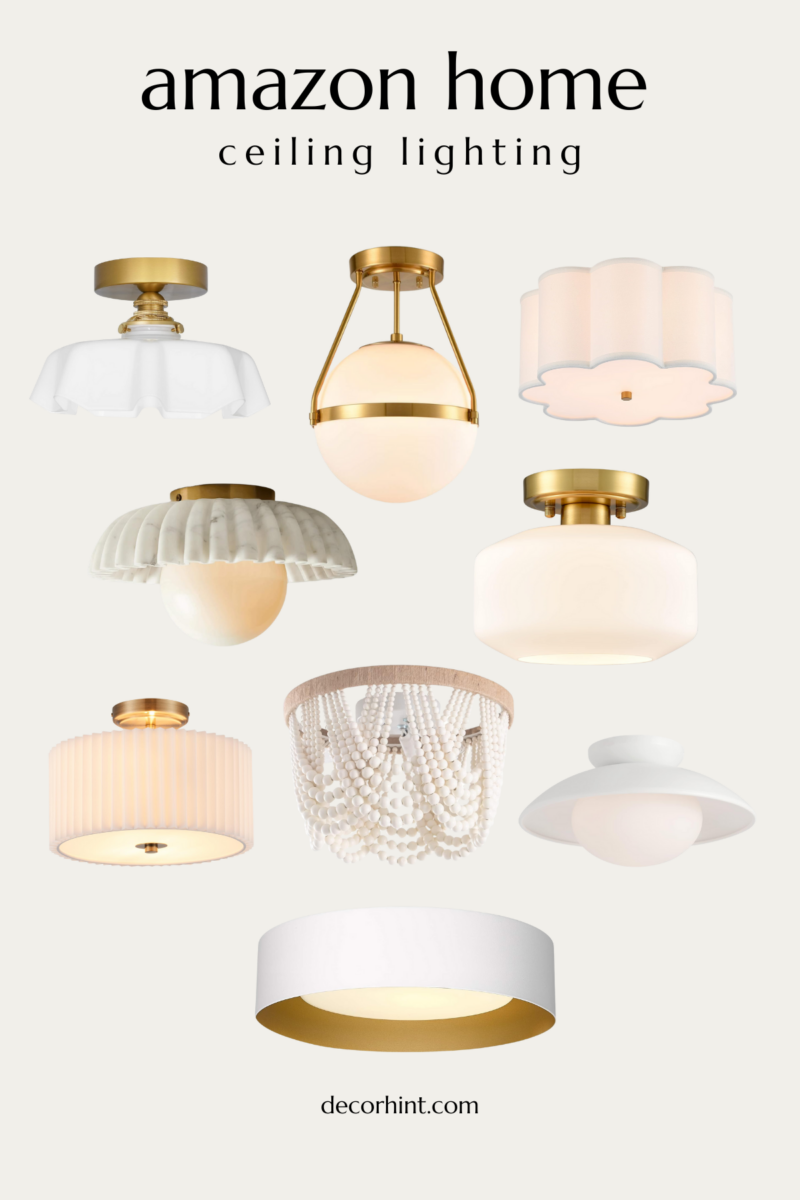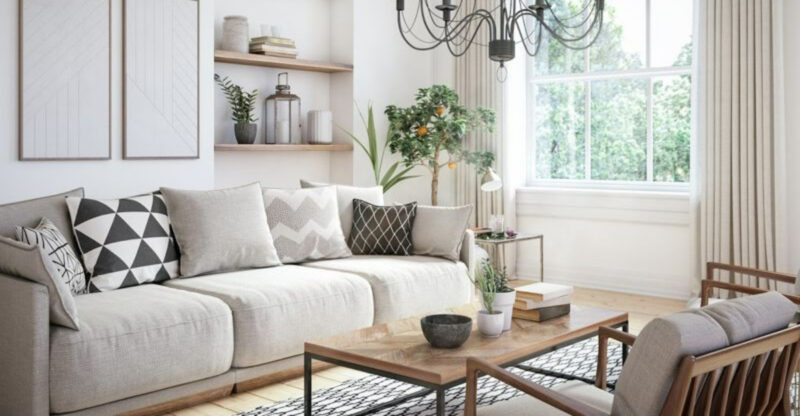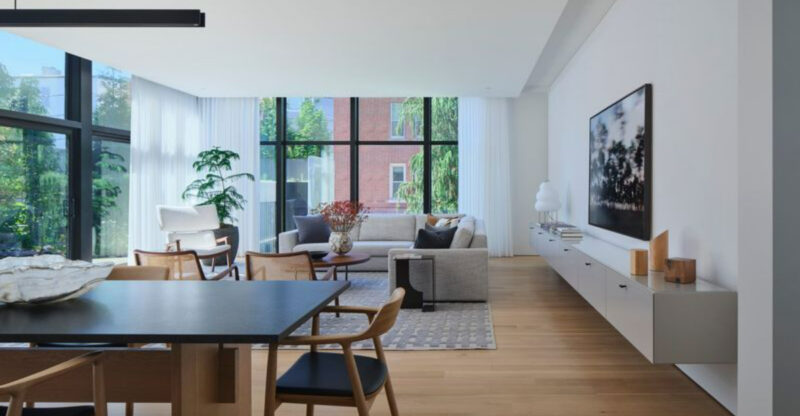8 Decorating Tricks Minimalists Swear By To Keep Small Spaces Airy And Stylish
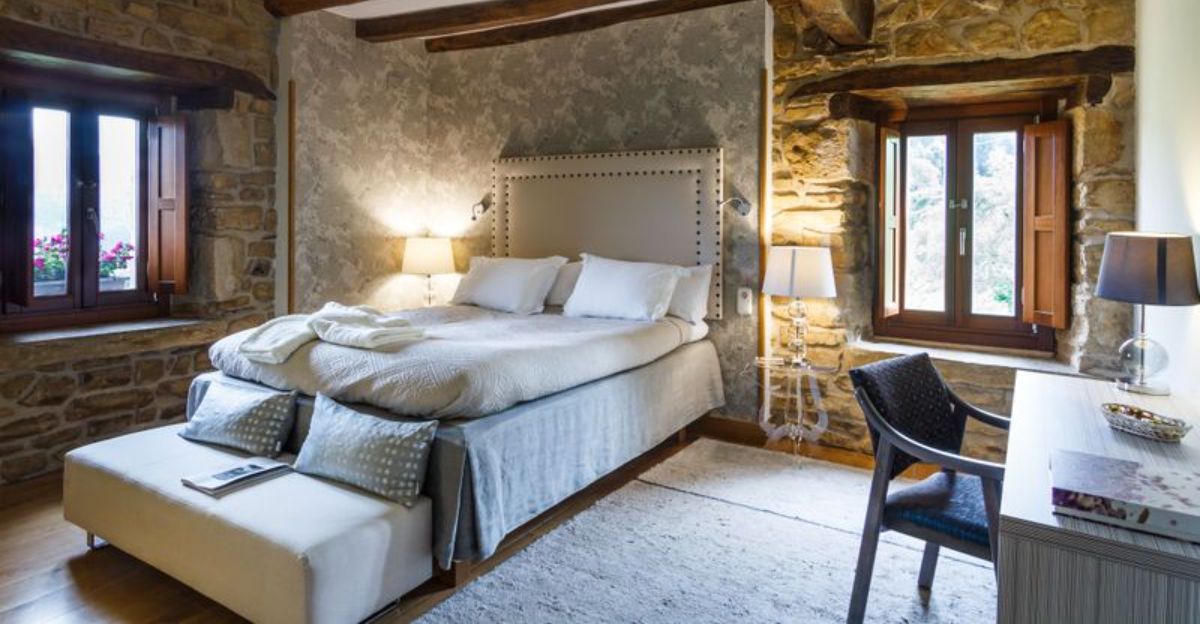
Living in a small space doesn’t mean sacrificing style or comfort. As a designer who’s transformed countless tiny apartments into breathable havens, I’ve gathered my favorite minimalist tricks that work magic in cramped quarters.
These simple yet powerful techniques will help you create a home that feels twice its size without losing an ounce of personality or charm.
1. Embrace Negative Space
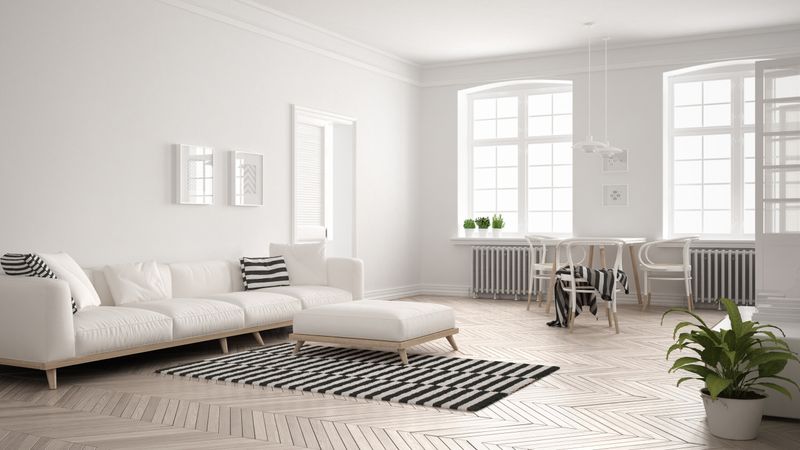
Contrary to popular belief, leaving areas completely empty isn’t wasteful, it’s strategic! When decorating small rooms, remember that what you don’t add matters just as much as what you do.
Think of negative space as breathing room for your eyes. Walls don’t need to be covered entirely with art, and every surface doesn’t require decoration. Your coffee table might look better with just one statement piece rather than a collection.
This deliberate emptiness creates a visual calm and makes the entire room feel more expansive.
2. Go Vertical With Storage
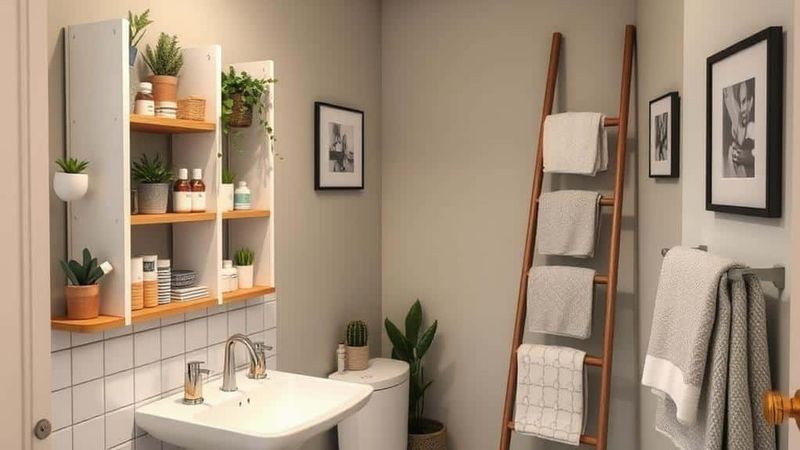
Floors are premium real estate in small spaces. Hence, I always direct my clients’ attention upward. Tall, narrow bookcases, floating shelves, and wall-mounted cabinets utilize vertical space that often goes wasted.
Wall-mounted nightstands free up floor space in tiny bedrooms. Kitchen walls can host magnetic knife strips and hanging pot racks.
Even bathroom walls offer opportunities with towel hooks and over-toilet shelving. Moreover, high shelving draws the eye upward, creating the illusion of higher ceilings and a more expansive room.
3. Stick To A Limited Color Palette
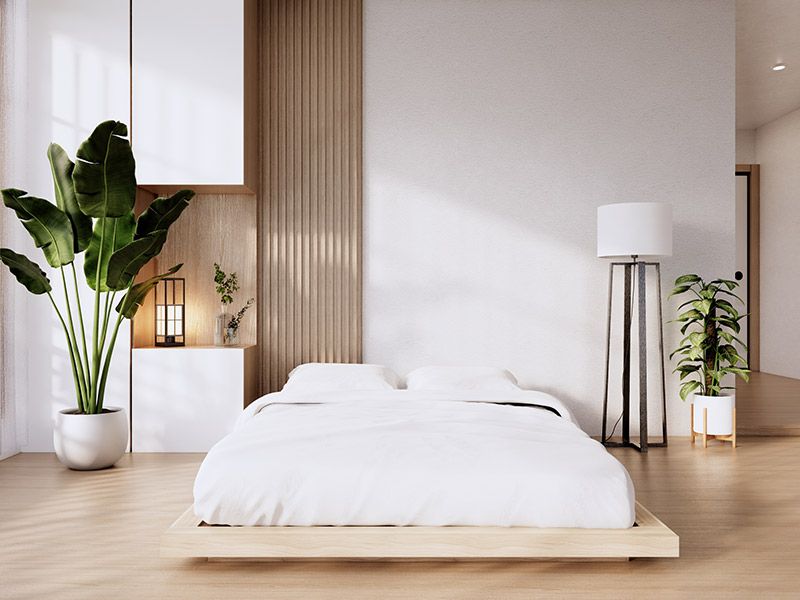
Color cohesion creates visual harmony. When working with limited square footage, I recommend selecting three main colors and sticking to them throughout your space. This consistency prevents visual choppiness that makes rooms feel smaller.
White or light neutrals work wonders as base colors, reflecting light and expanding visual boundaries. Add depth with one or two accent colors that appear in strategic places, perhaps emerald green cushions that coordinate with artwork and plants.
Though limiting your palette sounds restrictive, it actually creates sophisticated impact while maintaining spaciousness.
4. Let In Natural Light
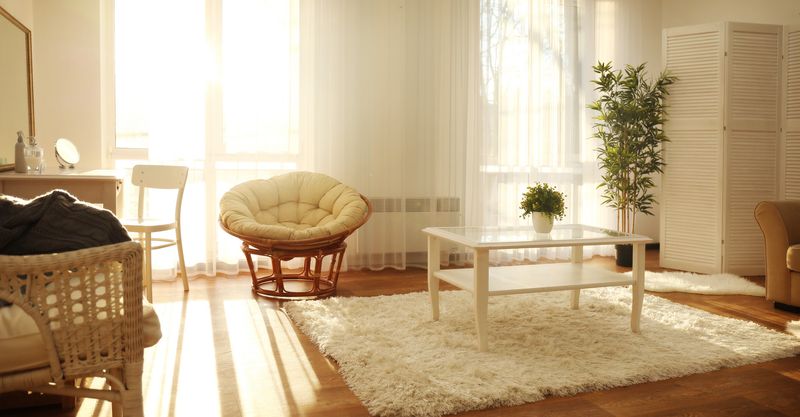
Ever feel like your small space is more cave than cozy? Sunlight might be the easiest (and cheapest) fix. Ditch those blackout drapes and let the light in with sheer curtains that keep things private without stealing your sunshine.
Add a well-placed mirror, or three, to bounce brightness around like nature’s disco ball. And don’t forget the outside, trim back any greenery that’s hogging your window views. A little light can make a studio feel like a sanctuary.
5. Invest In Statement Pieces
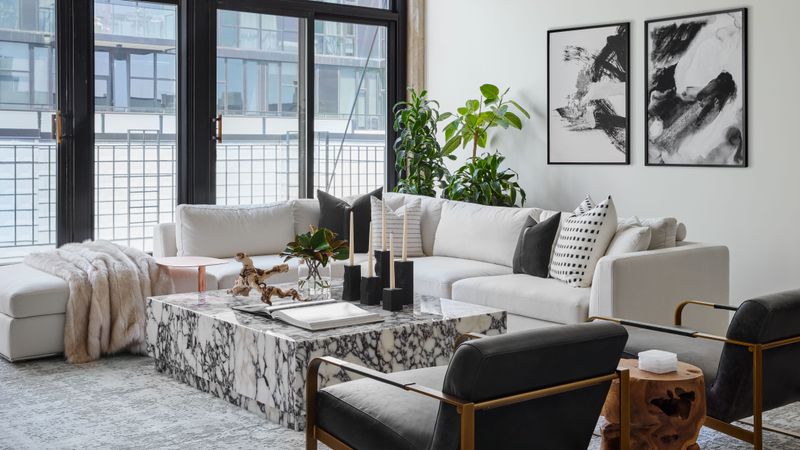
Quality trumps quantity in minimalist spaces. Rather than filling rooms with numerous small decorations, invest in one jaw-dropping piece that anchors the space. A striking pendant light, an unusually shaped chair, or a bold piece of art creates impact without crowding.
My favorite client transformations involve removing dozens of knick-knacks and replacing them with one perfect sculpture or painting. The room instantly feels more intentional and spacious.
However, choose wisely. Statement pieces should reflect your personality while complementing your limited color palette and minimalist aesthetic.
6. Create Visual Flow With Consistent Flooring
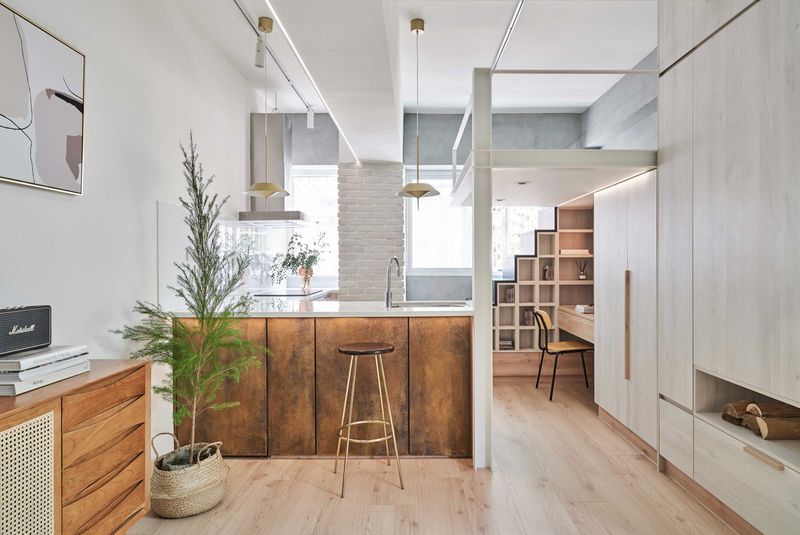
Ever wonder why your small home still feels… smaller? Choppy flooring might be to blame. Using the same flooring throughout, especially in open layouts, creates visual flow and makes your space feel way bigger than it is.
Light-colored floors? Even better. They bounce light and blur boundaries like design magic.
If you’ve got carpet in the bedroom, no worries, just keep it in the same color family as your main floors. That way, the transition doesn’t scream “room change!” and your whole home feels like one seamless, stylish vibe.
7. Edit Ruthlessly
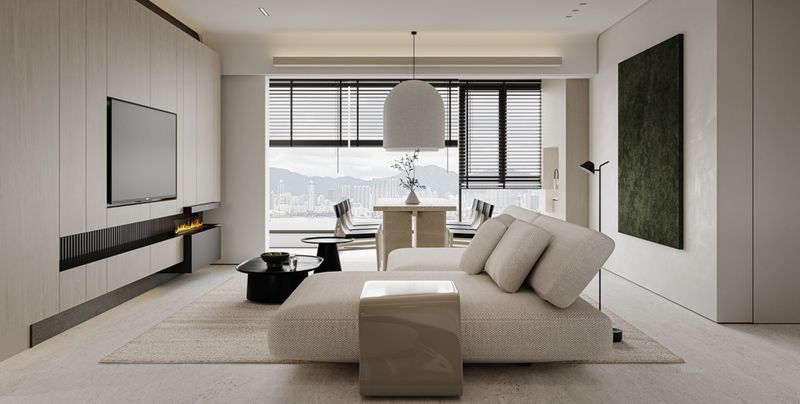
Minimalism requires courage! The most transformative small-space trick I teach clients is learning to edit their possessions ruthlessly. Every item should earn its place through either function or joy, preferably both.
Start by removing anything broken, unused, or unloved. Then challenge even your favorite pieces, does that side table truly serve a purpose? Could you replace three mediocre lamps with one exceptional one?
Remember, empty space isn’t failure. It’s breathing room! Your home should contain only what you use regularly or genuinely cherish.
8. Choose Multi-Functional Furniture
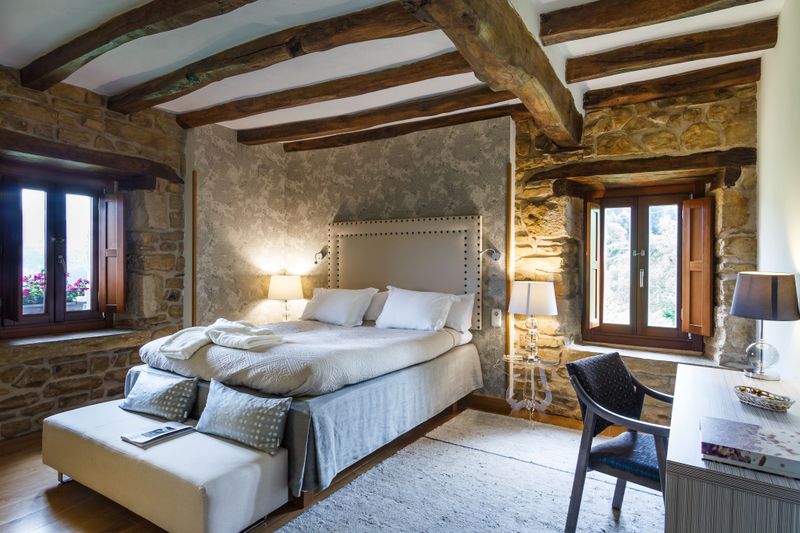
Smart furniture choices can revolutionize your space. Look for pieces that serve double or even triple duty, ottomans with hidden storage, extendable dining tables, or Murphy beds that transform into desks during daytime.
My clients are always amazed when I replace their bulky coffee table with nesting tables that can be separated for guests, then tucked away when not needed. Similarly, a bench with drawers underneath provides both seating and storage.
These clever solutions eliminate clutter while maintaining functionality in limited square footage.

